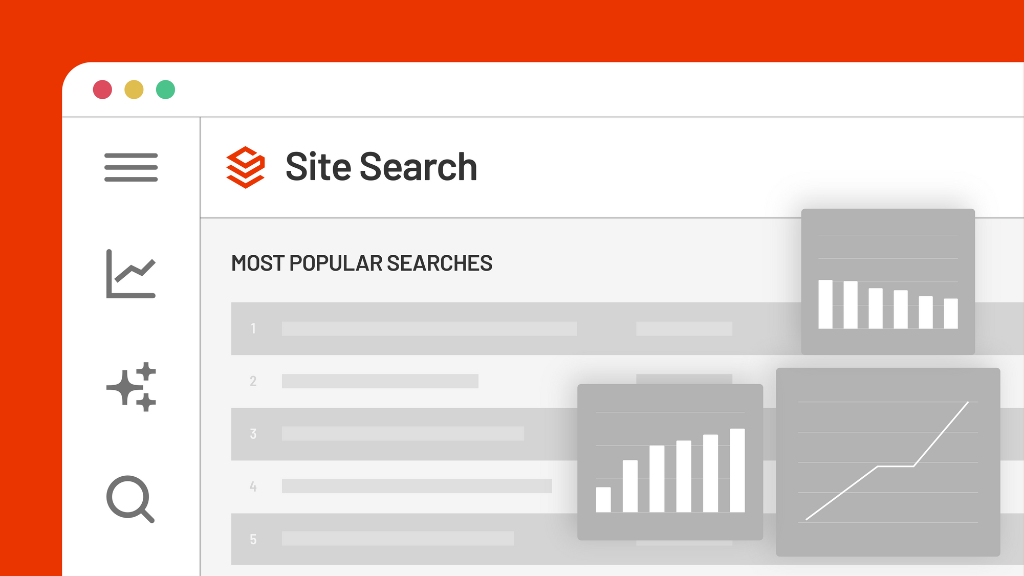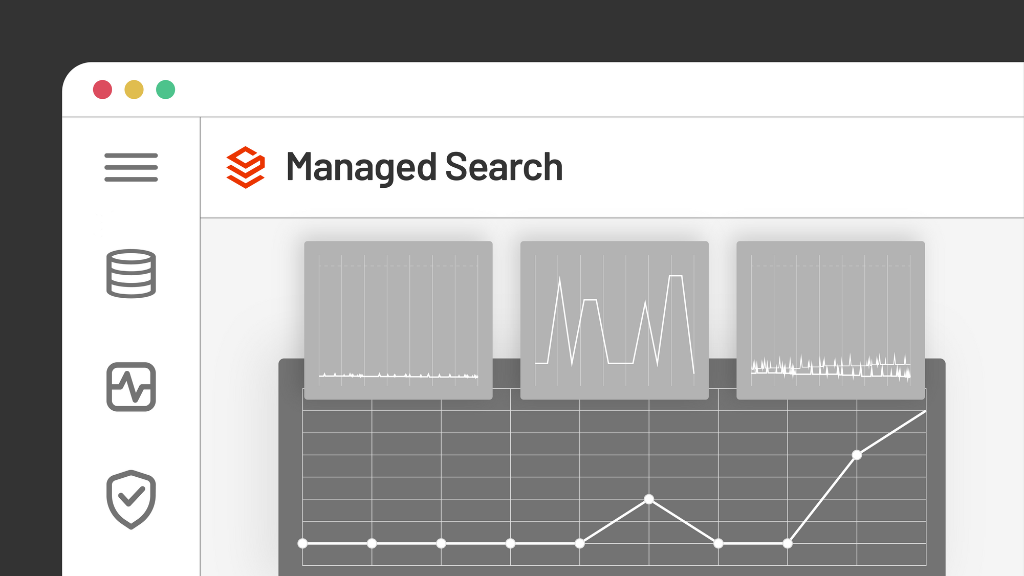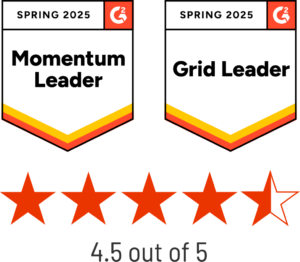Mar. 18, 2023
Tom Humbarger
|
The case for better site search is an issue facing all companies today as the amount of online content explodes and people are spending increasing amounts of time on websites, especially during the COVID pandemic. With content on websites and in knowledge bases growing exponentially, the importance of making it easier for users to quickly find what they are looking for makes getting search right really important.
Compounding the growing importance of search is that users also have high expectations for search. Over the last 20 years, Google Search has become an important part of how people experience the Internet and it has raised the expectations for all users. Users expect a fast, relevant and flexible “Google-like” search experience on every website they visit and want a search experience tailored to their unique needs and desires.
Think critically about your own recent experiences with site search:
- Did you easily find what you were looking for? Was it at or near the top of the first page or did you have to scroll through multiple pages? Were the results presented relevant to what you really wanted?
- How were you guided to narrow your search? Were the facets or filters helpful? Could you sort the results by date or relevance?
- How did the search experience look? Was it visually appealing and intuitive to use?
- Did the individual search results provide you with useful information like page title, URL, snippet and document type?
- Was there a way to provide feedback on the experience?
These are the questions that are driving the conversation for getting to better site search.
Why is Better Site Search Important?
Better search impacts all aspects of a business, including:
- Customer satisfaction – Customers who can quickly find what they are looking for will be more satisfied. As the time it takes to find something (or worse, nothing) increases, the customers’ level of dissatisfaction grows.
- Increasing engagement – Customers who have a great experience are more engaged and more likely to spend more time on your website, absorb your content and convert to customers. When user engagement is high, your audience becomes more loyal resulting in more return visits and higher conversions.
- Converting and retaining customers – Prospects who find what they want are more likely to convert to customers and customer satisfaction contributes to customer retention.
- Reducing churn – For many businesses, customer churn is an issue and a key way to reduce churn is to make sure customers are satisfied — and part of that satisfaction is related to the user experience on the company website.
Getting to Better Site Search
During the last year, we have talked to a number of companies about their site search experience and have repeatedly heard these common themes:
Our Out-of-Box Search Experience is Poor
One of the loudest concerns we hear is that the out-of-the-box search for many content management solutions are rudimentary and don’t provide any advanced features. This means that companies end up with sub-optimal search experiences or spend a lot of time and money customizing the search experience using consultants or developers.
We Lack Insights into Search and We Don’t Have a Feedback Loop
Layered on the previous concern is the fact that many business teams don’t have any access to search metrics or tools to interpret what’s happening with search on their sites. For example, most companies don’t know how many searches are performed on their site, what the most popular search terms are, what content is being clicked on and what searches don’t return any results. Understanding these insights is critical to providing a better search experience.
IT Bottlenecks Frustrate Us
Another big issue is that business teams cannot update the search experience without using developers. The ability to configure search, add synonyms, spell check and auto-suggest terms, set parameters, boost fields, elevate content or make even minor changes is not possible without filing a support ticket and getting in the development queue. The business teams know what they need but are hamstrung by these IT bottlenecks.
We Need to Reduce Integration Time
Companies want to see value on their investment quickly and don’t have the patience for long or costly implementation projects. They want to realize near-immediate value and need a quick payback from their investment.
The Solutions Are Too Expensive
Most site search solutions are too expensive in terms of software fees, consulting overhead to customize the solution or both.
When you add all of these issues together, you end up with a site search experience that is not addressing the needs of customers or business users.
Recipe for Better Site Search
For all but the largest and most sophisticated organizations, the recipe for better search is pretty simple – give marketing teams the tools they need to analyze and control the search experience without getting slowed down by IT bottlenecks.
Common high level features you should look for in a site search solution include:
Quick Implementation
Companies are looking to get up and running quickly, and do not have an appetite for a long or expensive integration process. The solution should have integration models or accelerators to minimize integration and let business users begin to improve the search experience within days and not weeks.
Search Configuration
Business users should be able to configure most of the search parameters without involving developers. Tasks like adding search synonyms and stop words, updating spell check, adding highlighting and configuring the search results.
Search Analytics
Business users are looking for a dashboard with a summary of key statistics such as total sessions, total searches, searches with clicks, most popular searches and searches with no results. They want information about what content items were accessed for each of the top search terms and what search terms are driving the top content items.
Relevance Tuning
Business users want to make search results more relevant by boosting the importance of certain fields to improve the search results. They will also want trigger-based rules which can take dynamic action such as field boosting, replacing terms and selective filtering. And they will want to be able to curate or shape the search results by selecting or promoting specific content to the top of the search results.
Feedback Loop
Finally, the solution should be able to gather feedback on the experience from users so there is a 360-degree feedback loop for continuous improvement.
SearchStax Site Search is a game changer that makes it quicker, easier and less expensive for companies to deliver relevant and personalized site search experiences websites. Contact us today for a quick discussion and demonstration to see how it can help improve your search experience.





